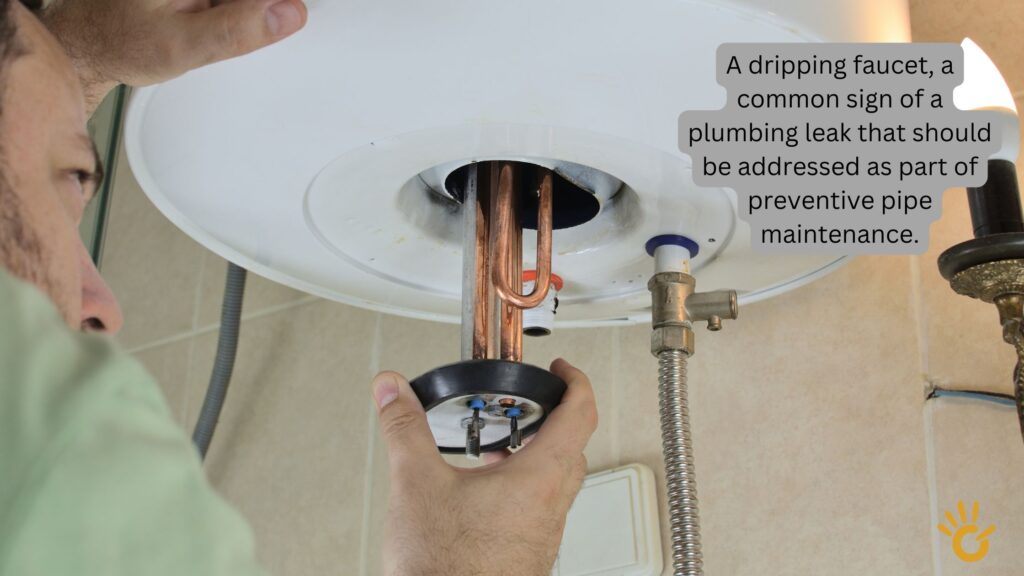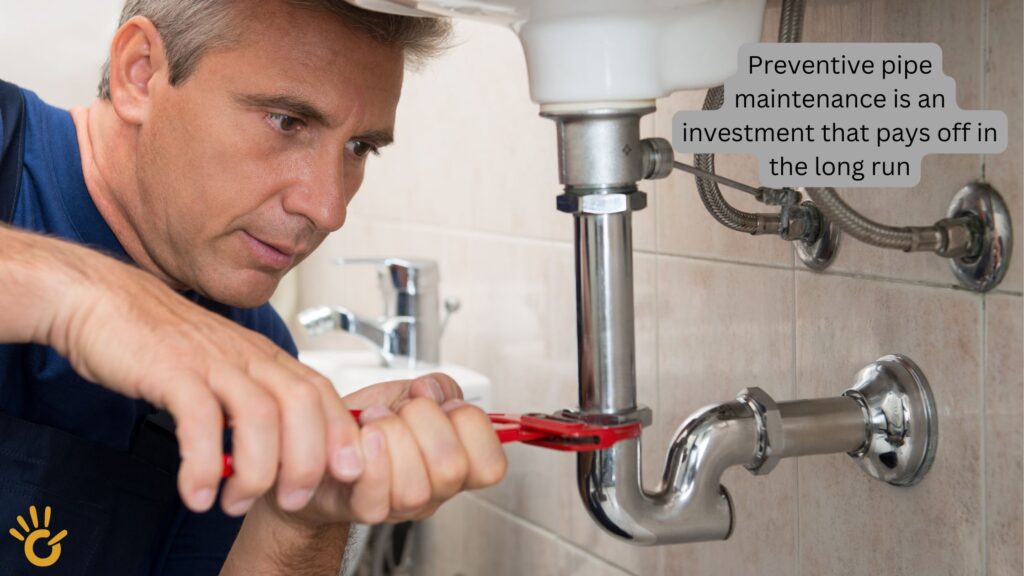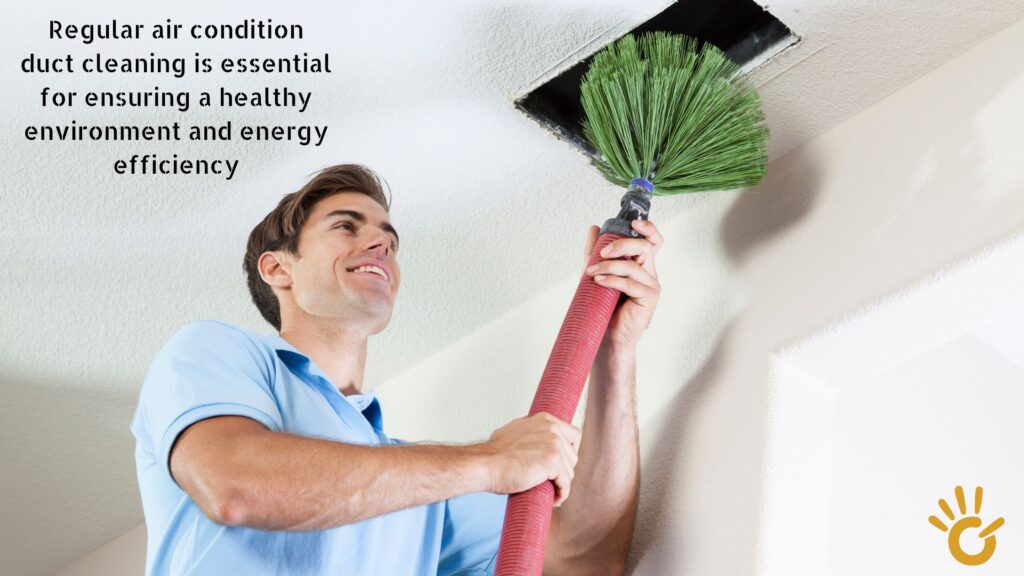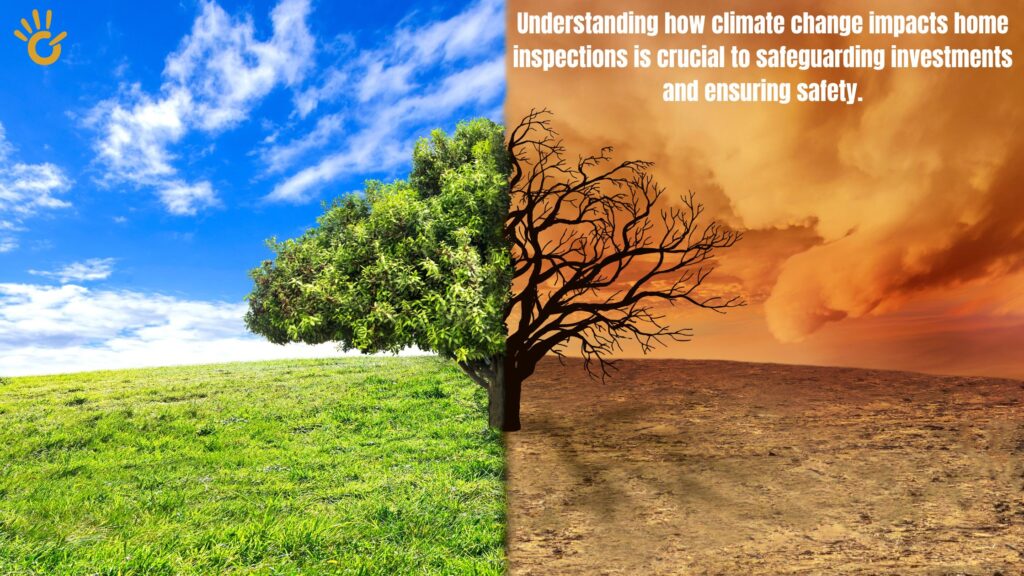Introduction
A well-functioning plumbing system is essential for any comfortable and safe home. However, plumbing problems can arise unexpectedly, leading to costly repairs and major disruptions to your daily life. That’s where preventive pipe maintenance comes in. By taking proactive steps to care for your pipes and plumbing fixtures, you can avoid many common issues, save money, and ensure the long-term health of your plumbing system. This guide will walk you through essential preventive maintenance tasks that every homeowner should know.
Understanding the Importance of Preventive Pipe Maintenance
While it might be tempting to ignore your plumbing system until a problem occurs, taking a proactive approach to maintenance offers significant benefits:
Cost Savings:
Addressing minor issues early can prevent them from developing into major, expensive problems. For instance, a small leak that goes unnoticed can eventually lead to water damage, mold growth, and the need for extensive repairs. Fixing that leak early on is a much cheaper solution.
Prevention of Water Damage:
Leaks are a leading cause of water damage in homes, which can affect walls, floors, ceilings, and even furniture. Preventive maintenance helps you identify and repair leaks promptly, minimizing the risk of water damage and associated costs.
Extended Lifespan of Plumbing Systems:
Regular maintenance keeps your pipes, fixtures, and appliances in good working order, helping them last longer and perform more efficiently.
Improved Safety and Health:
Preventive maintenance can help prevent issues like sewer backups and contaminated water, protecting the health and safety of your family.
Peace of Mind:
Knowing that you’re taking care of your plumbing system provides peace of mind and allows you to avoid the stress and inconvenience of unexpected plumbing emergencies.
Essential Preventive Pipe Maintenance Tasks
Here are some key preventive maintenance tasks you can do yourself to keep your plumbing system in top shape:
1. Regularly Inspect for Leaks
● Leaks can occur in various parts of your plumbing system, including pipes, faucets, showerheads, toilets, and appliances. Regular inspections are crucial for early detection.
○ Common Signs of Leaks:89
■ Unexplained increases in your water bill
■ The sound of running water when no fixtures are in use
■ Damp spots, discoloration, or warping on walls, floors, or ceilings
■ Mold or mildew growth in unexpected areas
■ Puddles of water around appliances or fixtures
■ Water meter that continues to run even when all water is turned off
○ Tools for Leak Detection:7
■ Visual Inspection: The simplest way to detect leaks is through a careful visual inspection of exposed pipes and areas around fixtures.
■ Water Meter Test: To check for hidden leaks, turn off all water in your home and note the reading on your water meter. Wait for an hour or two and check the meter again. If the reading has changed, there’s likely a leak somewhere in your system.
■ Water Leak Detectors: These devices can be placed in areas prone to leaks, such as under sinks or near appliances. They detect moisture and sound an alarm, alerting you to potential leaks early on.
2. Keep Drains Clear and Flowing
● Clogged drains are a common plumbing problem that can be easily prevented with some simple maintenance practices.
○ Invest in Drain Screens: Drain screens are inexpensive and effective tools that prevent hair, food particles, and other debris from going down the drain. Place drain screens over all your sinks, tubs, and shower drains.
○ Natural Drain Cleaning Solutions: Avoid harsh chemical drain cleaners, which can damage your pipes. Instead, use natural solutions to keep drains clean:
■ Baking Soda and Vinegar: Pour 1 cup of baking soda down the drain, followed by 1 cup of vinegar. Let it fizz for 30 minutes, then flush with hot water. This mixture helps break down grease and buildup.
■ Boiling Water: Regularly pouring boiling water down the drain can help prevent grease from solidifying and clogging pipes.
When to Call a Plumber for Clogged Drains: If a drain is severely clogged or you’ve tried home remedies without success, it’s best to call a professional plumber. They have specialized tools and expertise to handle tough clogs effectively.
3. Maintain Your Water Heater
● Your water heater is another essential appliance that requires regular maintenance to ensure its longevity and efficiency.
Flushing a Tank Water Heater:
Sediment can build up in the bottom of your tank water heater over time, reducing its efficiency and potentially damaging the unit. Flush your water heater annually to remove sediment buildup. This involves draining the tank and then refilling it with fresh water. Refer to your water heater’s manual for specific instructions.
Tankless Water Heater Maintenance: Tankless water heaters generally require less maintenance than tank-style units. However, they still need to be serviced annually. This usually involves having a professional plumber inspect and clean the unit, including flushing the system and checking the burner and venting.
4. Protect Pipes from Freezing
Frozen pipes are a major concern in colder climates, as they can burst and cause extensive water damage. Take these steps to protect your pipes during the winter:
Insulating Exposed Pipes:
Insulate pipes that are located in unheated areas, such as attics, basements, crawl spaces, and garages. Pipe insulation sleeves are readily available at hardware stores.
Dripping Faucets in Winter:
When temperatures drop below freezing (20 degrees Fahrenheit or lower for extended periods), let your faucets drip slightly, especially those connected to exposed pipes. The running water helps prevent freezing.
Winterizing Outdoor Fixtures:
Before winter sets in, disconnect and drain outdoor hoses, shut off the water supply to outdoor faucets, and insulate any exposed pipes. Consider using a faucet cover for added protection.
5. Monitor Water Pressure
● High water pressure can stress your plumbing system, leading to leaks and premature wear on fixtures.
○ Testing Water Pressure: Purchase a water pressure gauge from a hardware store. Attach it to an outdoor faucet and turn on the water. The gauge will display the water pressure in pounds per square inch (psi). Ideally, your water pressure should be between 40-60 psi.
Installing a Pressure Regulator:
If your water pressure is consistently above 80 psi, consider having a pressure regulator installed on your main water line. This device reduces the pressure coming into your home, protecting your pipes and fixtures.
6. Care for Your Septic System
If your home has a septic system, proper maintenance is crucial for preventing backups and ensuring its longevity.
Septic System Inspections:
Have your septic tank pumped and inspected by a professional every 3 to 5 years (or more frequently if recommended). Regular inspections help identify potential problems early on.
What Not to Flush:
Avoid flushing anything other than human waste and toilet paper down the toilet. Items like wipes, feminine hygiene products, paper towels, grease, and food scraps can clog your septic system and cause backups.
7. Schedule Professional Plumbing Inspections
Even with diligent DIY maintenance, it’s essential to have a professional plumber inspect your plumbing system at least once a year.
What to Expect During an Inspection: A plumber will typically:
■ Check for leaks and signs of corrosion
■ Test water pressure and flow rates
■ Inspect the water heater
■ Assess the condition of your sewer line
■ Identify potential problems and recommend solutions
○
Finding a Qualified Plumber:
When choosing a plumber, look for:
■ Licensing and insurance
■ Positive customer reviews and referrals
■ Clear pricing and communication
Advanced Preventive Pipe Maintenance Tips

Go beyond the basics with these additional preventive measures:
Consider a Water Softener:
If you live in an area with hard water (water containing high levels of minerals), installing a water softener can protect your plumbing system from mineral buildup, which can cause clogs and reduce the lifespan of your pipes and appliances.
Protect Plumbing from Tree Roots:
Tree roots can grow into and damage sewer lines, leading to backups and costly repairs. Plant trees and shrubs a safe distance from your sewer line, or consider using root barriers to prevent root intrusion.
Address Aging Plumbing:
If your home has older plumbing (especially galvanized steel pipes), have a plumber assess their condition. Older pipes are more prone to corrosion and leaks. Upgrading to more modern materials like copper or PEX can save you from future problems.
Creating a Preventive Pipe Maintenance Schedule
To make preventive maintenance manageable, establish a schedule that works for you. Here’s a sample schedule, which you can adapt based on your home’s needs and your local climate:
Daily/Weekly Tasks:
○ Visually inspect for leaks around fixtures
○ Clear hair from shower and tub drains
Monthly Tasks:
○ Clean drains with baking soda and vinegar
○ Test your sump pump (if you have one)28
Seasonal Tasks:
○ Winterize your plumbing system before the first frost
○ Inspect and clean outdoor faucets and fixtures in the spring
Annual Tasks:
○ Flush your water heater
○ Schedule a professional plumbing inspection
Conclusion: Invest in Preventive Pipe Maintenance for a Worry-Free Home
Preventive pipe maintenance is an investment that pays off in the long run. By taking the time to care for your plumbing system, you can avoid costly repairs, prevent water damage, and ensure the efficient and reliable operation of your home’s essential systems. Start implementing these tips today and enjoy peace of mind knowing that your plumbing is in good hands.



